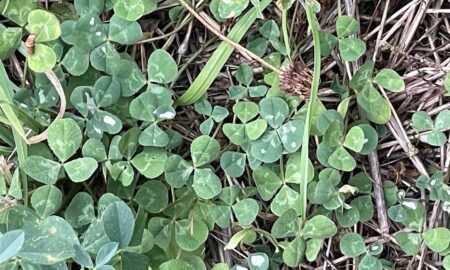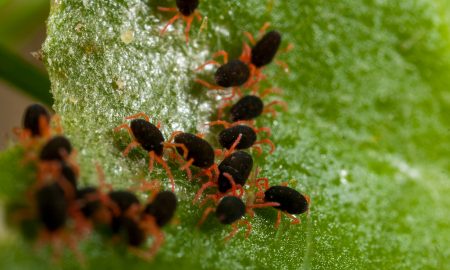Etiella season is approaching.
Here’s what you need to know about this pulse pest.
A cunning caterpillar
Etiella, aka lucerne seed web moth (Etiella behrii), has evolved an effective survivalist strategy.
After waking from their pupal stage in the mild weather during September and October, female moths will lay their eggs on developing pods, stems and flowers in susceptible legume crops, particularly lentils.
Within 24 hours of hatching, the immature larvae will work their way into the pods, where they will feast and fatten themselves up on the developing grain.
Conveniently for them, they are also sheltered from insecticides.
The larvae won’t emerge from the pods until they are ready to pupate in the soil, by which time damage has been done to the developing grain.
When to begin monitoring Etiella
To prevent Etiella damage, moths must be targeted before egg lay during September and October.
To support monitoring efforts and to help achieve a well-timed spray in lentils, a new online tool has been developed as part of a SAGIT-funded Etiella project – the SARDI Etiella degree-day model.
The model uses local temperature data to from 21 June onwards to forecast the flight activity of Etiella moth.
Degree-day accumulations of 351 is the point at which 10% of flight activity is predicted to have commenced.
It is recommended that monitoring begins at 300 degree-day accumulations.
With the new SARDI Etiella degree-day model, users can input their location and can keep an eye on when their region is approaching 300 degree-days. Users can also compare the current year with previous years.
For further instructions and to use the tool visit:
https://etiellamodel.app/
The new tool is a trial version. Any feedback can be sent to kym.perry@sa.gov.au.
How to monitor for Etiella
Use a sweep net to monitor for Etiella moths at least once a week during podding (green crops only – dry crops aren’t at risk). A minimum of 3 lots of 20 sweeps should be randomly undertaken within each crop.
The recommended threshold is 1-2 Etiella moths in 20 sweeps.
At rest, adult Etiella have a long and slender in appearance, and are 10-15 mm long. They are greyish brown in colour with a tan band that runs across the forewings and a white strip that runs the full length along the outer edge of the forewings. Also, look out for the snout-like beak, which protrudes forward from the head as a key feature.
Cover image: Photo by Cathy Powers, CC BY 4.0





